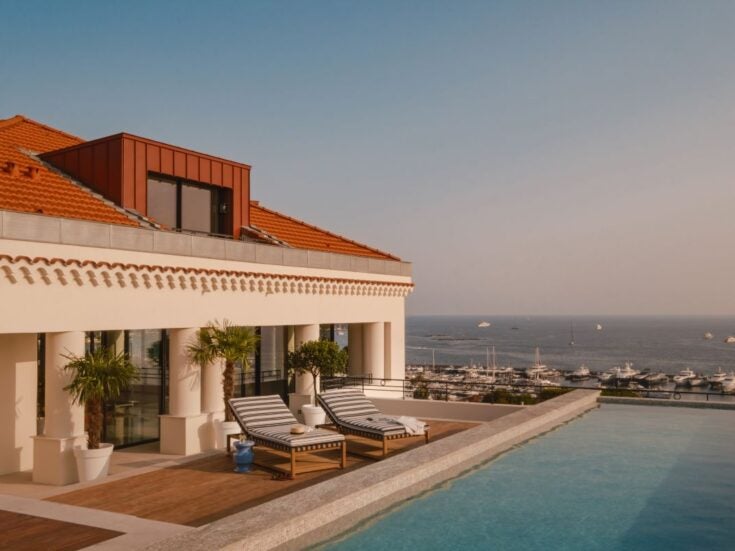
‘A Norwegian recently told me he had never felt cold in his life until he came to live in a room in a Cambridge college’
Heating Disorders
Elizabeth Bennet, explaining to her sister the point at which she fell in love with Mr Darcy, said she supposed it must have been when she first saw the size of his house in Derbyshire. Nowadays, it might have been the size of his heating bills which struck her more.
The English country house, lauded around the world for its architecture, has, in an era of high energy costs, acquired a more unfortunate reputation for its environmental vandalism. It is a place where you can easily romp through £50,000 of heating oil a year — and still end up with chilblains.
By law, every property advertised for sale in England and Wales must now come with an energy efficiency report. At the heart of this is an SAP (standard assessment procedure) rating, which gives a score out of 100 for energy efficiency. The lowest score I have seen, for a half-timbered house in Suffolk, is precisely one. Yes, that is one out of 100. Surely a good hat would score higher.
The promise of chilly evenings and big bills might go some way to explaining why English country houses are lagging behind the market for prime property.
International buyers tend to be wary of our climate at the best of times, let alone when heating oil costs 70p a litre. Whether they’re from hot or cold countries, the damp climate and poor insulation can test them to the limit: a Norwegian recently told me he had never felt cold in his life until he came to live in a room in a Cambridge college.
Cool Runnings
But is the English country house really so irredeemable? The Society for the Protection of Ancient Buildings (SPAB) argues not. Last year it conducted a study into the energy performance of old properties and concluded that they are not all as bad as made out. It came to the conclusion that energy efficiency reports in some cases overestimated by a factor of three the rate of heat loss.
SPAB’s fear is that owners of old buildings are being cajoled into inappropriate ‘improvements’ which may make things worse. The government wants them to consider fitting solid wall insulation, but if it prevents moisture evaporating from the surface of a wall it can lead to damp and even to the eventual collapse of a building.
But it is far from impossible to insulate an old property in a way that respects its structure. Walls built without a damp-proof course can in many cases be safely insulated with fibreboard, a permeable, wood-based product capable of absorbing and re-releasing moisture.

Castle Howard
Howard’s Way
You can cut bills by being smarter about heating. Castle Howard, the Yorkshire stately home known to millions for the ITV adaptation of Brideshead Revisited, has become something of a pin-up for green architecture.
Until four years ago its owner, Simon Howard, was burning 85,000 litres of heating oil a year, which at current prices would cost over £50,000.
In 2009 he installed a ground source heat pump which uses ambient heat from Castle Howard’s lake to heat the house. He was thus able to heat the property using £14,000 worth of electricity. (Admittedly the thermostat is set at 60°F/15.5°C — but that would have been reasonable in Victorian times.)
With savings of those dimensions in the offing, one might not think there was much need for any further incentive. Yet controversially the government is pressing ahead with a subsidy scheme which could lead to the owners of country houses actually making a profit from heating their homes.
From next year anyone who installs green central heating systems such as heat pumps and biomass boilers will be eligible for seven years of subsidy payments which the government has indicated will be in the range, for a ground source heat pump, of 12.5–17.3p per kilowatt-hour. Owners of old properties will only qualify, however, if they agree to undertake insulation improvements, which might be difficult in listed properties.
But there is another way to save fuel and carbon emissions in country houses — by living in sympathy with them. Originally much of a country house would be closed down for the greater part of the year, with the owners retreating to a small snug. Then, come the summer, the grand entertaining rooms would be opened up.
There is a compromise: zoned heating systems which provide background heating to unused areas of a house, keeping them comfortably above dew point and concentrating heat in rooms being used. With a bit of ingenuity you can control the temperature of your drawing room from Dubai, or wherever you happen to be.
A smart central heating system: now that is something which might win the affections of a latterday Elizabeth Bennet.






